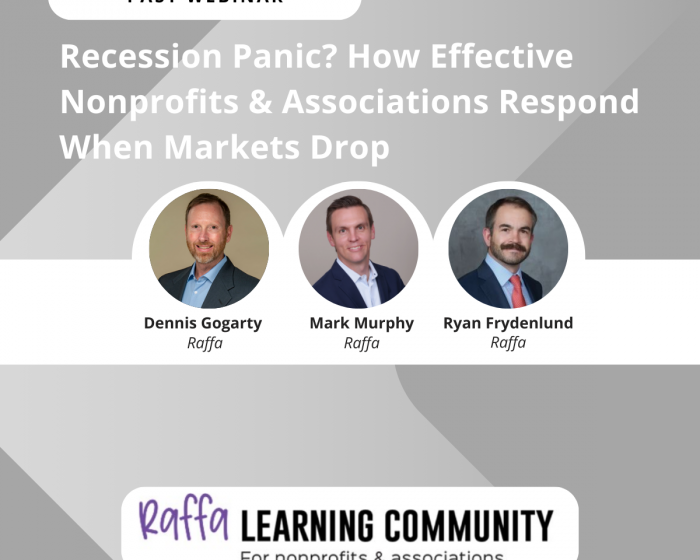INVESTMENT INSIGHTS AND TOOLS
The latest thoughts on investment strategy and the markets, plus tools and templates from Raffa's portfolio management team to empower nonprofits and associations to make better informed investment decisions.
Ready to work with an adviser who knows you?
Book time with one of our experienced advisers.











